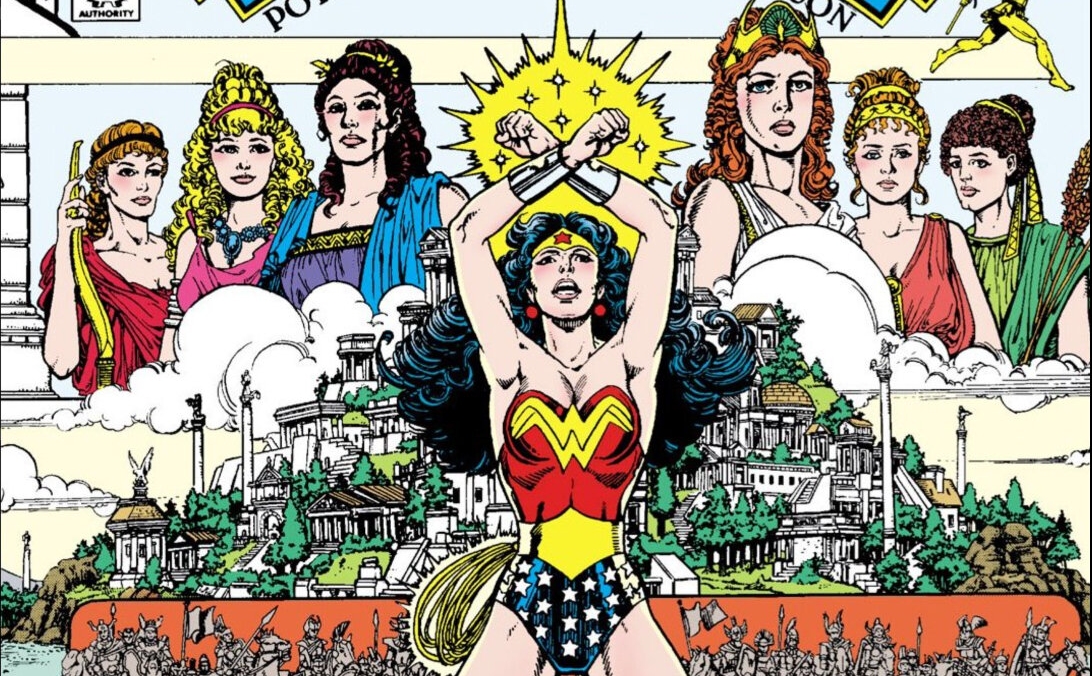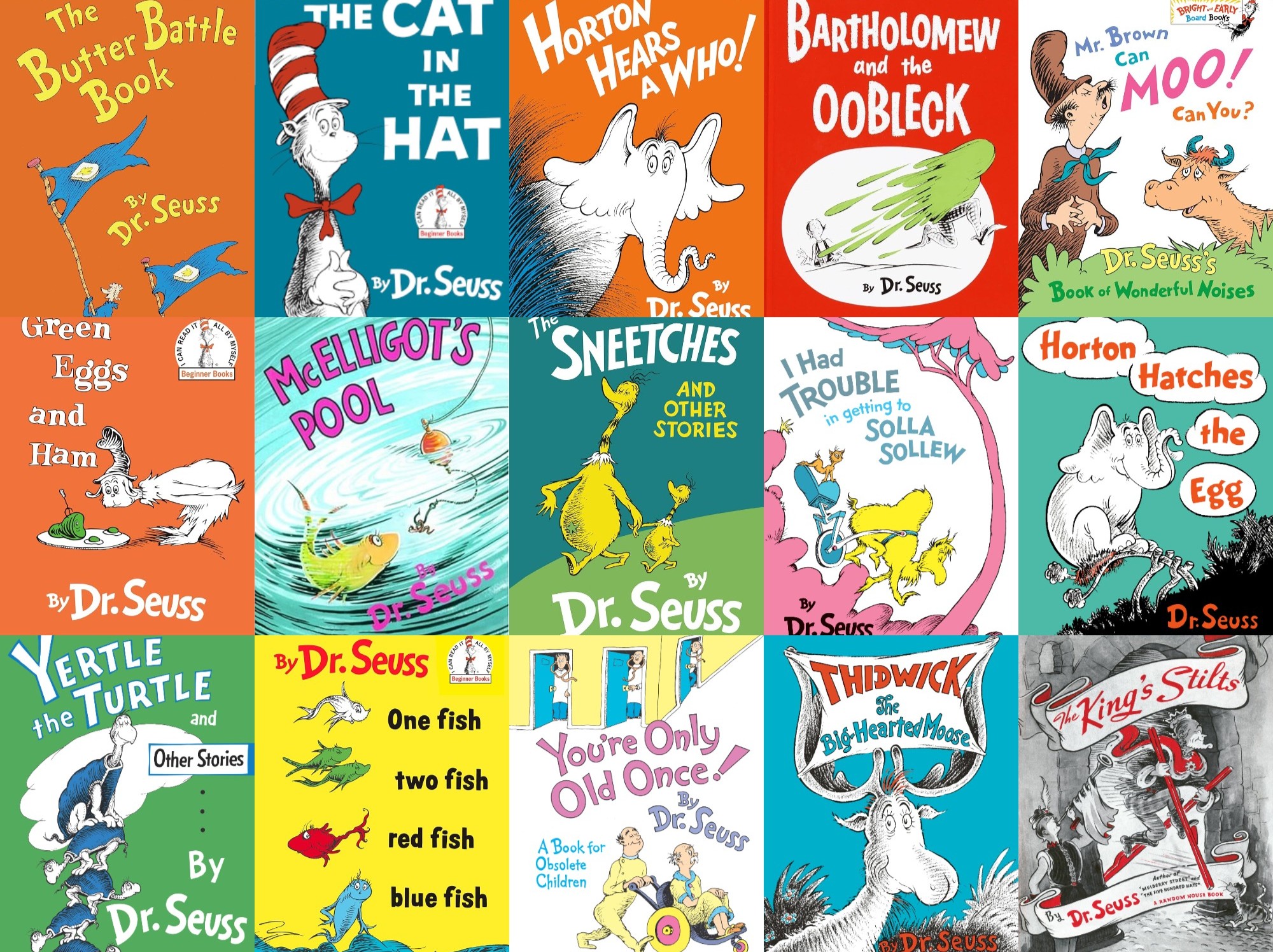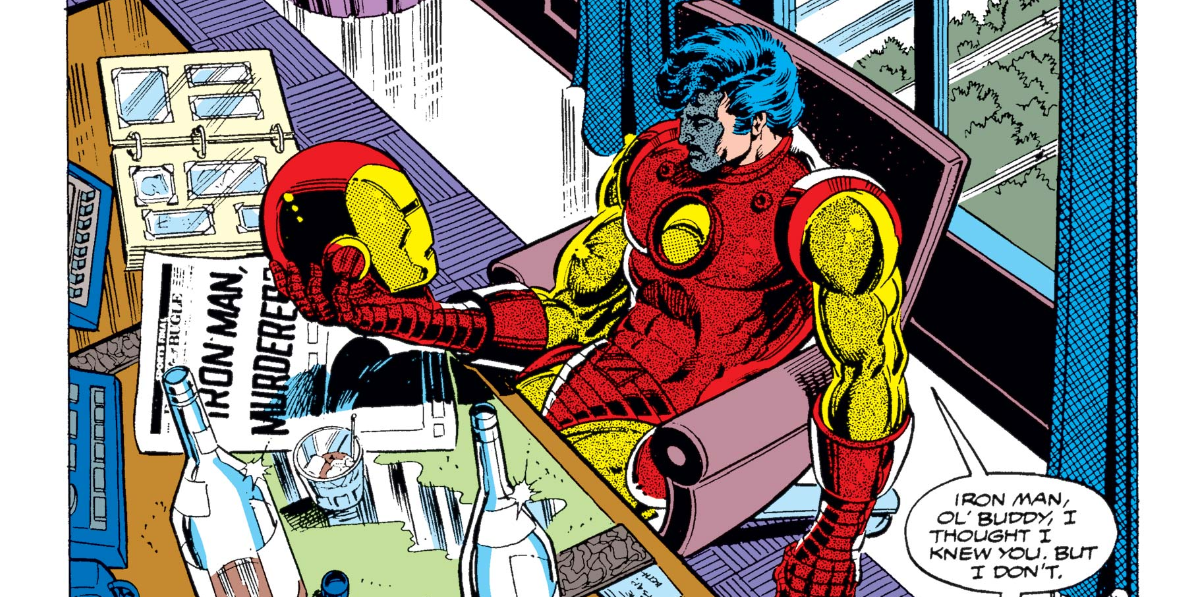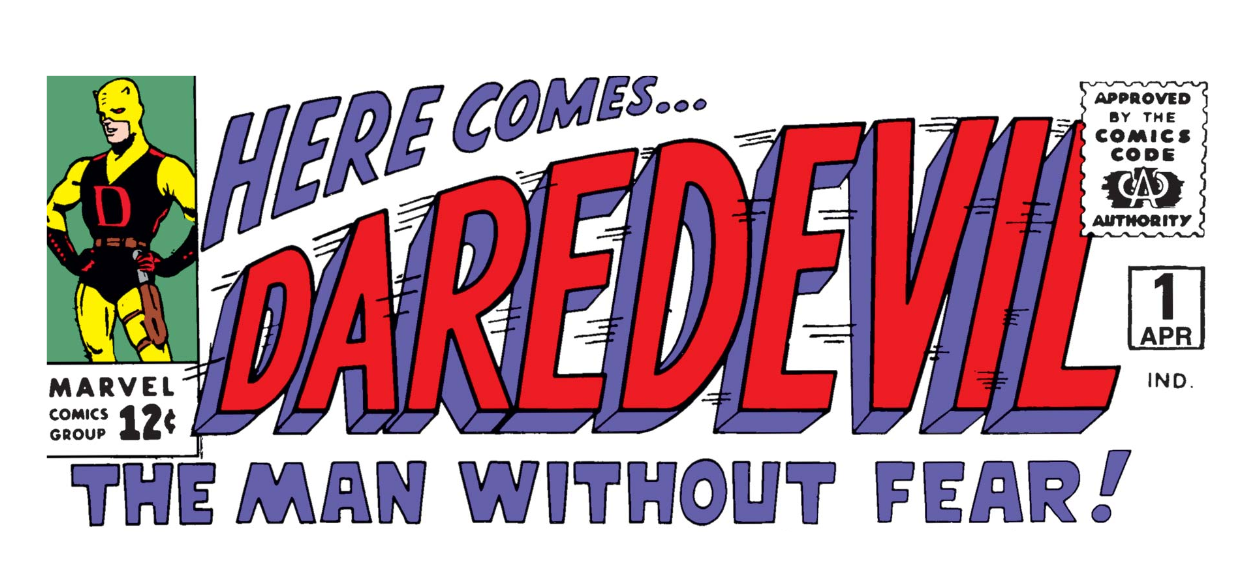The First Rebirth of Wonder Woman
Let’s See DC

Background
This site has several ongoing series read-throughs and analyses, ranging from superhero comics to indie graphic novels, to those daunting picture-less books. Besides reviews that cover newly released material, most of the pieces published here are centered around stories with which I have at least some familiarity. This Wonder Woman article and subsequent DC based entries are the first to depart from the pattern and embrace my unknown entirely.
I have never read a mainstream DC comic book, and as such I have never been seriously interested in their universe. On the flip side, I have seen nearly every episode of DC’s sometimes popular and critically mixed shared TV universe, the CW’s Arrowverse. These disparate facts will undoubtedly color the following commentary in hopefully engaging or exciting ways. I will be coming at this content from a naive perspective content-wise, but I have plenty of experience with the medium to give a semi-coherent critique.
This first installment covers just six issues of the George Pérez run on Wonder Woman, but later entries will cover more or less depending on reader feedback and interest, so please feel free to let us know what you think, and what you would like to see!
Triumphs
With superhero comics, the concept of a house style is frequently criticized in regard to art. Flattening out an artist’s expression in exchange for consistency benefits commercial viability but can be read as stale or generic for avid readers. In the first arc of Wonder Woman, Pérez provides a detailed, complicated style that is as easy to read and follow as the most generic comic.
There is a lot of discourse and criticism surrounding the lens through which comic characters are portrayed, particularly women. A rudimentary argument commonly arises is the distinction between beauty and admiration with leering creepiness. Pérez deftly wields the concept of Greek mythology to construct a wide cast of characters ranging from perfect gods to regular folks, all while remaining a joy to behold. Diana, in particular, is clearly presented as a bombshell who turns heads walking down the street textually. Still, she is depicted foremost as the typical statuesque superhero from the reader’s vantage.
The character work extends throughout the numerous varied side players. From soldiers to librarians to Amazon warriors, all of the designs are distinct and effective, with at least some diversity in the types of bodies and people. The cast is visually distinguishable and relatable in ways that are not necessarily expected, but elevates the world-building and emotional attachment from the reader. The villain designs as well, are really wild and flat-out fun, but even Pérez’s best character designs are not the full extent of the art of these comics.
In each panel, the art seems to jam as much detail and small background elements as possible. There are a shocking number of lines in quantity; some pages' details cannot be understated. The sprawling pillars and endless crowds of gods are drawn in ways that break the laws of physics to emphasize their otherworldliness and complexity. The Olympus depicted by Pérez feels as though it is pulled straight from myth and legend.
Accompanying the exceptional art is a story that varies in quality over the first six issue arc. The page-by-page reading experience is reasonably competent, and the narrative structure is sound. The highest highs expose themes of power that are simultaneously classic to the superhero genre and fresh in their presentation, while the lowest lows showcase some relatively dull comics.
The book opens with a two-page issue outlining domestic violence between cavepeople. The character designs could be considered weird and off-putting, but the brief story is powerful and underpins much of the series’ themes. A caveman striking out in impotent rage over his own perceived deficiency and killing the woman who was simply trying to offer him comfort is tragic and gripping as an opener. As the story unfolds, the parallels and impact of the opening vignette become more transparent and impactful. Short-sighted and violent men with no consideration for the consequences of their actions become a pattern for the book.
While the characters do feel distinct and unique, the less compelling portions of the story can be attributed to the human side cast and Diana’s time in the world of man. The worst descriptor for these sections is ‘boring,’ but even at the most generic level, the comics are enjoyable to read. In some ways, the comic shines brightest when it focuses on magic and gods but feels the dullest when it plays into the role of a Bostonian superhero.
Defeats
The first Wonder Woman reboot knows precisely what it wants to be and the role it wants to play in the broader universe. Notably, the story is structured with these goals at the center. Plenty of time and exposition is given to the background of Diana and the Amazons as a whole. The placement of the series within both a mythological framework and a burgeoning world of heroes is subtle and intriguing. The accuracy with which the book achieves its goals makes finding the faults harder, and many are minor.
The most considerable disappointment is probably the characterization of Wonder Woman herself. While she is designed with an iconic, eye-catching look and has some extraordinary feats and moments, the reader never gets too much insight into Diana’s personality. She is noble, kind-hearted, and occasionally funny in a blunt sort of way, but above all, Wonder Woman is stiff. Even when upsetting the Amazon tournament or barreling her way through Boston, Diana’s thoughts and words do not convey the dynamic personality illustrated through her actions. In and of itself, this could be viewed as a specific trait, but it feels misaligned and not intentional.
The other downsides to the comic can arguably be attributed to the timing of the release of this series. There’s too much explaining, and the story is slow to start, but that’s almost undeniably a choice. Pérez is restarting a line and world of comics that will persist for decades, and there is clearly an expectation of a long run in the roots of these issues. As with many older comics, there are too many words and unnecessary descriptions for some modern readers. This is forgivable in most cases, though it can be glaring, considering Pérez’s art is done at such a high level, and the panel-to-panel writing is pretty average.
Citation Station
- Wonder Woman Vol 2, 1-6, George Pérez (writer, penciler), Greg Potter (writer), Bruce D. Patterson (inker), Tatjana Wood (colorist), John Costanza (letterer), Len Wein (writer).



